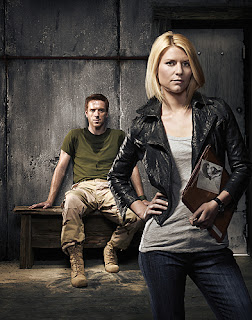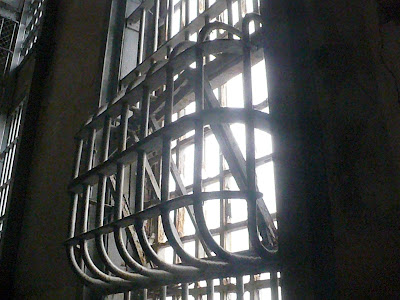
Increasingly, we live in an age where the fresh voices of international filmmaking are encouraged to start taking steroids and “Get more American.” It’s not enough that a foreign film breaks through, finds an audience and is welcomed as a breath of fresh air. Nowadays it has to be “reimagined” for the broader appeal of the U.S. box office. You can’t leave potential revenue on the table. So we’ve seen films such as the Swedish Let the Right One In ($4 million budget) remade for American audiences and retitled in less complicated terms such as Let Me In ($20 million budget).
Niels Arden Oplev’s terrific Swedish production of The Girl with the Dragon Tattoo was released in 2009, shot on a budget of $13 million. Now David Fincher has given us a Dragon Tattoo with a hefty $90-100 million budget, big stars and impressive production values. With 30 million copies sold and the first book ever to sell over a million digital copies, it was just a matter of time before someone took a crack at reinventing the wheel – but to do so in barely two years?
The production is terrific. Fincher is a master craftsman and after The Social Network and The Curious Case of Benjamin Button¸ Dragon Tattoo marks a return to the dark and chilly noirs that he’s best known for. Newcomer Rooney Mara makes a terrific Lisbeth Salander – haunted and antisocial. She has to carry the movie and carry it she does. She’s not quite as fierce as Noomi Rapace was in the original, but she does a remarkable job of conveying vulnerability, intellect and rage. Great casting. The rest of the cast is terrific as well, with Daniel Craig delivering a more haggard, world-weary character than his Bond persona. Fincher and screenwriter Steve Zaillian are faithful to the book and strive to be authentic to the sense of place evoked in Stieg Larsson’s novel. Zaillian has done a good job of adapting things – and even though his main change to the narrative is an economical, streamlining one at the end, the film still runs long by about 20 – 30 minutes. Once the real climax has been delivered, the wrap-up of the coda runs on a bit more than necessary. Fans of the books should find it interesting stuff. Clearly a much longer version was filmed, as actors such as Embeth Davidtz and The Killing’s Joel Kinnaman appear for mere hiccups onscreen.
Fincher rivals James Cameron for perfectionism, so it’s no surprise that the film feels incredibly real and immediate, moody and atmospheric. The locations are superbly utilized – the remote Swedish hillsides cut by silver trains; the perpetual cold and numbing snow; Lisbeth on her weathered but souped-up motorcycle. The details are fantastic and impeccably captured by Jeff Cronenweth. You’ll have to look hard to find a better-shot film out there. It almost feels black and white at times. Trent Reznor’s score dovetails perfectly with the editing to deliver the goods. Make no mistake – the R is deserved and readers of the book know to expect a brutal, graphic story. This is a movie for adults. But if you’ve seen Oplev’s version, you may find it’s all a little too familiar and too soon. It’s fascinating to compare two versions of the same story, made so closely together. If you’ve never seen the Swedish version, then run – don’t walk. You’re going to love what Fincher’s done here – and I mostly do, too.
But it’s symptomatic of where Hollywood is heading. When a visionary like Fincher is tackling remakes, we live in strange times. Forget the budget for a moment – we’re watching English-speaking actors in Sweden, playing Swedes – but speaking English with Swedish “accents.” Admittedly, it’s a device and you just have to go with it, like watching Brits play Russians in The Hunt for Red October.
I really liked The Girl with the Dragon Tattoo and I think you will, too. I just hope the snows of history don’t bury Oplev’s original film, as it really deserves to be seen by a wider audience. And I really hope that in another year we’re not going to be served up a new version of Troll Hunter, starring Matt Damon and Jason Statham.














































































